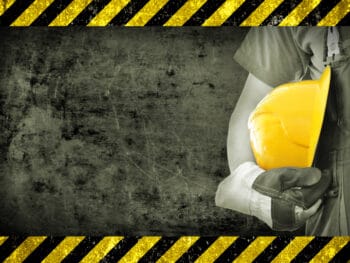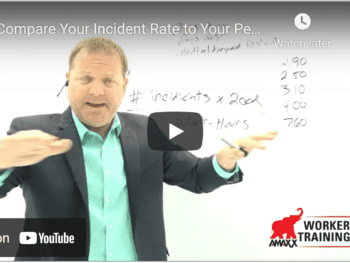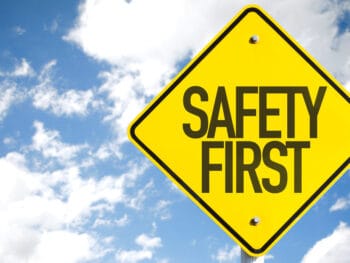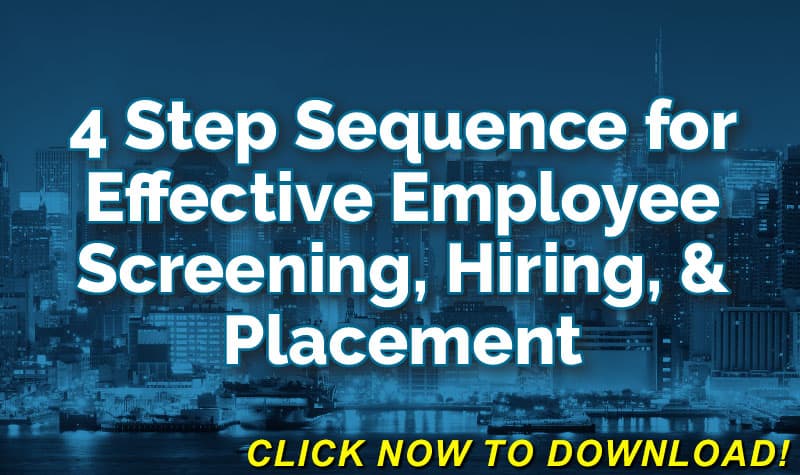- Feeling faint or dizzy
- Nausea
- Heavy sweating
- Rapid, weak heartbeat
- Low blood pressure
- Cool, moist, pale skin
- Low-grade fever
- Heat cramps
- Headache
- Fatigue
- Dark-colored urine
- Get the person out of the sun and into a shady or air-conditioned location.
- Lay the person down and elevate the legs and feet slightly.
- Loosen or remove the person's clothing.
- Have the person drink cool water or other nonalcoholic beverage without caffeine.
- Cool the person by spraying or sponging with cool water and fanning.
- Monitor the person carefully. Heat exhaustion can quickly become heatstroke.
Editor Michael B. Stack, CPA, Director of Operations, Amaxx Risk Solutions, Inc. is an expert in employer communication systems and part of the Amaxx team helping companies reduce their workers compensation costs by 20% to 50%. He is a writer, speaker, and website publisher. www.reduceyourworkerscomp.com. Contact: mstack@reduceyourworkerscomp.com.
WORKERS COMP MANAGEMENT MANUAL: www.WCManual.com
MODIFIED DUTY CALCULATOR: www.LowerWC.com/transitional-duty-cost-calculator.php
Do not use this information without independent verification. All state laws vary. You should consult with your insurance broker or agent about workers comp issues.
©2012 Amaxx Risk Solutions, Inc. All rights reserved under International Copyright Law. If you would like permission to reprint this material, contact us at: Info@ReduceYourWorkersComp.com.















